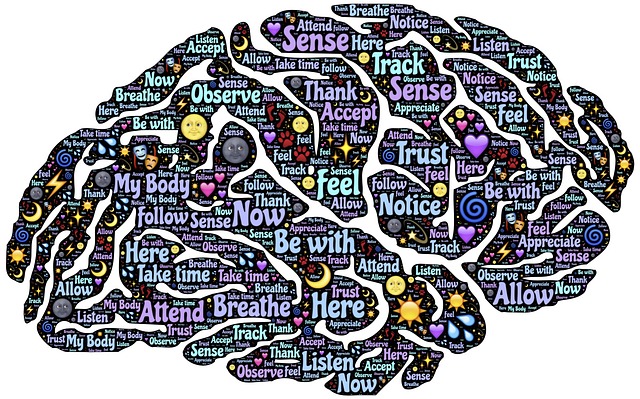
Speaking requires both sides of the brain. Each hemisphere takes over a neighborhood of the complex task of forming sounds, modulating the voice and monitoring what has been said. However, the circulation of tasks is quite different than has been thought up to now, as an interdisciplinary team of neuroscientists and phoneticians at Goethe University Frankfurt and therefore the Leibniz-Centre General Linguistics Berlin has discovered: it's not just the proper hemisphere that analyzes how we speak—the left brain also plays a task .
Until now, it's been assumed that the vocable arises within the left side of the brain and is analyzed by the proper side. According to accepted doctrine, this suggests that once we learn to talk English and for instance practice the sound like 'th,' the left side of the brain controls the motor function of the articulators just like the tongue, while the proper side analyzes whether the produced sound actually sounds as we intended.
When the side of the brain controls temporal aspects like the transition between speech sounds, the right hemisphere is liable for the control of the acoustic spectrum . When the left brain primarily controls the dynamic transitions between 'th' and thus the vowels, while the proper hemisphere primarily controls the sounds themselves."
His team, together with the phonetician Dr. Susanne Fuchs, was ready to demonstrate this division of labor in temporal and spectral control of speech for the primary time in studies during which speakers were required to talk while their brain activities were recorded using functional resonance imaging.
A possible explanation for this division of labor between the 2 sides of the brain is that the left brain generally analyzes fast processes like the transition between speech sounds better than the right hemisphere. The right hemisphere might be better at controlling the slower processes required for analyzing the acoustic spectrum . A previous study available motor function that was published within the scientific publication eLife demonstrates that this is often , in fact, the case. Kell and his team wanted to find out why the proper hand was preferentially used for the control of fast actions and therefore the left preferred for slow actions. For example, when cutting bread, the proper hand is employed to slice with the knife while the left holds the bread.
Source
Plagiarism is the copying & pasting of others work without giving credit to the original author or artist. Plagiarized posts are considered fraud and violate the intellectual property rights of the original creator.
Fraud is discouraged by the community and may result in the account being Blacklisted.
If you believe this comment is in error, please contact us in #appeals in Discord.